“They’ve gotta eat sometime.” We’re talking about fish here. Fish we want to, but can’t, catch. Uncooperative fish.
Compared to mammals, fish are simple creatures. A redfish brain, about the size of a garden pea, is not real good at analyzing things. In spite of this apparent simplicity, their behavior is maddeningly unpredictable sometimes. Have you ever asked yourself, “Why won’t they eat?”
When a redfish hatches from the egg it is hardly visible to the human eye. In three years it’s grown to 27 inches long and about seven pounds in size. Clearly, they must eat quite a bit in order to do this.
Favorite items of the redfish diet include shrimp, crabs, and small fish. Sometimes they feed very aggressively on anything that moves. Other times (and many guides have told me they’ve seen this many times) you can toss a live shrimp into a school of redfish and not get a single taker. Why won’t they eat?
A friend of mine once told me that when the US Government makes the tide predictions that it uses in the Coastal Pilot, it feeds 16 separate factors into the computer that is making the model. There are six others that are not considered significant enough to consider. Tides are a purely physical phenomenon.
A fish is a biological entity. I can’t even begin to comprehend all the factors that must affect its behavior. Water temperature, dissolved oxygen, salinity, turbidity, current, wind, waves, atmospheric pressure, moon phase, boat traffic, fishing pressure, these are just a few of the things that affect the behavior of fish.
Unlike us, fish are cold blooded. We have to eat constantly just to maintain our body temperature. Fish don’t. When the water is cold they can go days without eating.
In my line of work I fillet quite a few redfish. I always check their stomachs to see what they’ve been eating. About 25 percent of the time they haven’t been eating anything.
So, why aren’t they eating? The fish aren’t talking, so I don’t know. Trying to figure it out is part of what makes fishing such a fascinating endeavor for us.
But they’ve gotta eat sometime.
Capt. John Kumiski (407.977.5207, http://www.spottedtail.com) has been guiding fishermen for over 20 years. His most recent book is titled Redfish on the Fly.
All content in this blog, including writing and photos, copyright John Kumiski 2011. All rights are reserved.
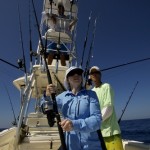

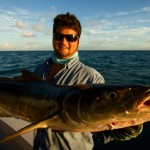
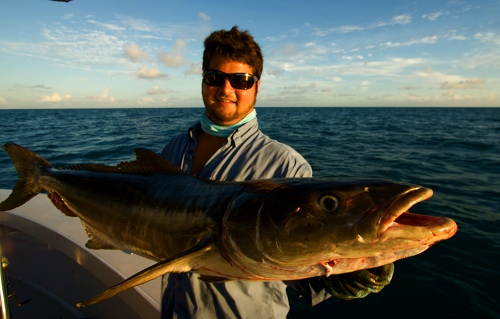
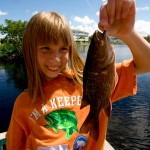
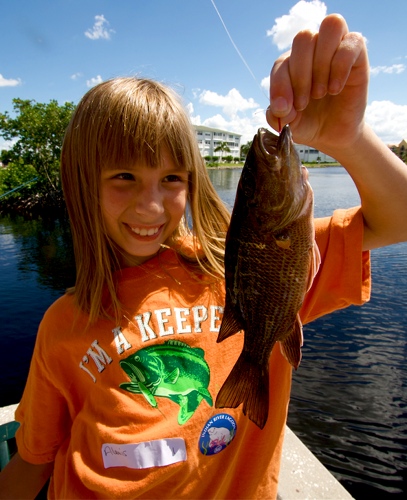
Recent Comments